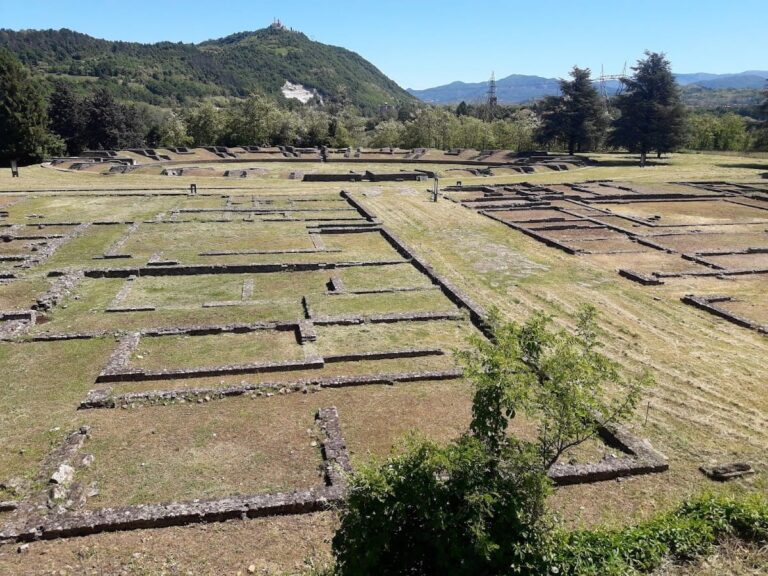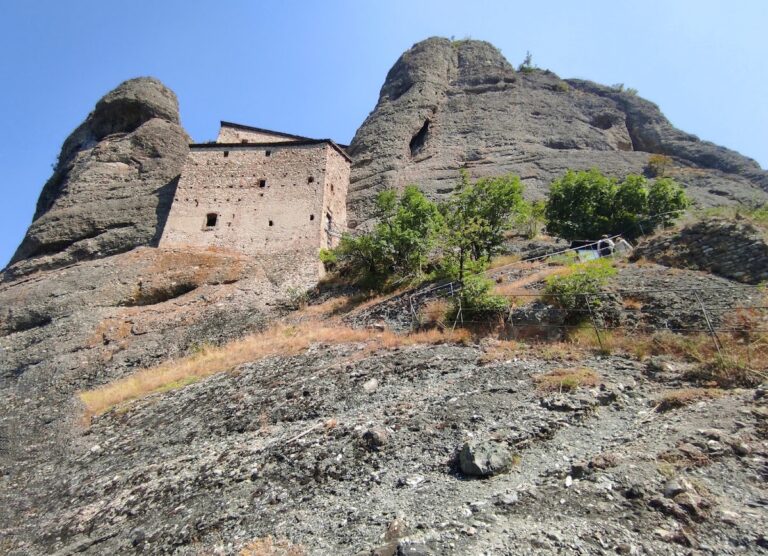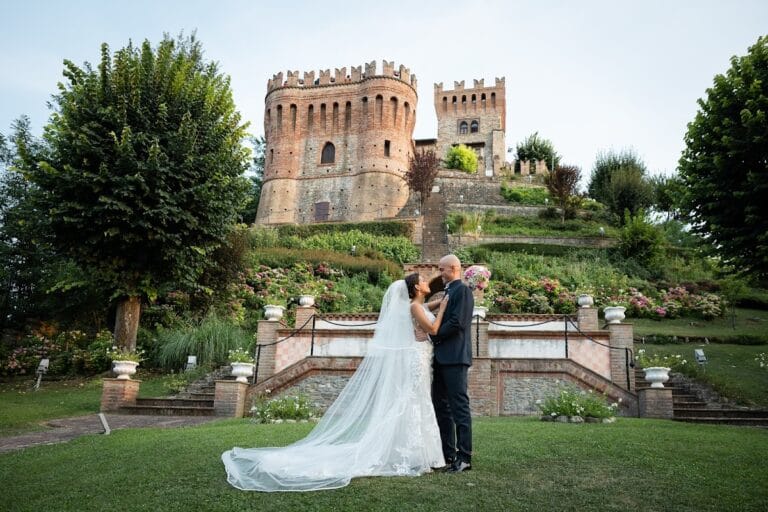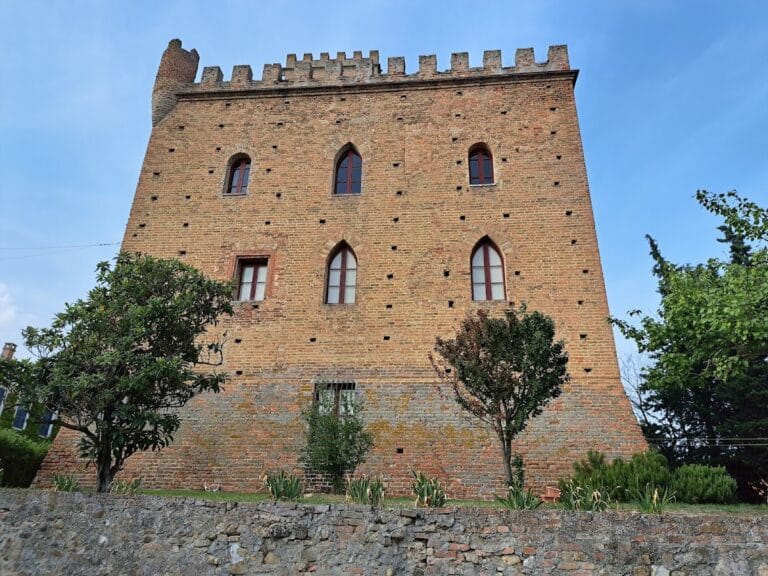Castello di Torre Ratti: A Historic Castle in Borghetto di Borbera, Italy
Visitor Information
Google Rating: 4.1
Popularity: Very Low
Google Maps: View on Google Maps
Country: Italy
Civilization: Unclassified
Remains: Military
History
The Castello di Torre Ratti is situated in the hamlet of Torre Ratti within the municipality of Borghetto di Borbera, Italy. This castle was developed under the influence of the medieval feudal families of the region, specifically the Tortonese lineage known as the Rati-Opizzoni.
The origins of the castle trace back to around the year 1000, as indicated by historical accounts of Emperor Frederick Barbarossa’s arrival. However, the first definite written record mentioning the fortress dates to 1413. At that time, Duke Filippo Maria Visconti, ruler of the Duchy of Milan, commissioned extensive expansions aimed at strengthening the castle’s defenses. This was part of larger strategic efforts to secure the southern borders of the Duchy against threats from the Republic of Genoa and surrounding Imperial territories.
Subsequent building phases occurred over several centuries, with significant modifications recorded before and after the 15th century. Notably, between 1413 and 1629, the castle underwent further development, including a major addition in 1560. After 1629, further expansions and internal alterations took shape, reflecting evolving residential and defensive needs.
By the late 19th century, the castle’s name caught the attention of Cardinal Achille Ratti, who would later become Pope Pius XI. Due to the similarity between his surname and that of the feudal family controlling the castle, he sought permission to adopt their coat of arms for his papal emblem. In return, the Rati-Opizzoni family was honored with a ducal title, creating a lasting symbolic connection between the castle’s lineage and the papacy.
Remains
Today, the Castello di Torre Ratti presents as a fortified residence embodying architectural styles from the late Renaissance and Baroque periods. Its layout reveals the layers of construction that evolved over several hundred years, illustrating how the structure adapted to both defensive requirements and domestic functions.
A prominent feature added in 1629 is a large square tower (torrione quadrato), which became an integral part of the castle’s fortifications. Alongside this tower, significant internal modifications occurred, enhancing the building’s habitability and structural cohesion. Later expansions included construction linking two older towers and the addition of a north-wing extension, which contributed to the castle’s present-day configuration.
Inside the castle, artistic details highlight its historical ties. Above the main fireplace hangs a 1738 painting by Enrico Weimer depicting Doge Costantino Balbi of the Republic of Genoa. This artwork reflects historical connections with Genoese authorities during the castle’s defensive period.
Another notable interior element is the “Salone delle specchiere” or Hall of Mirrors. This space houses two mirrors dating from the 17th century, one retaining its original decorative console. Both pieces are attributed to Filippo Parodi, a renowned Genoese sculptor and architect, whose work exemplifies the artistic linkages cultivated through regional interactions.
Together, these architectural and artistic components offer a tangible record of the castle’s evolving role from a medieval fortress to a noble residence enriched with Renaissance and Baroque influences.










